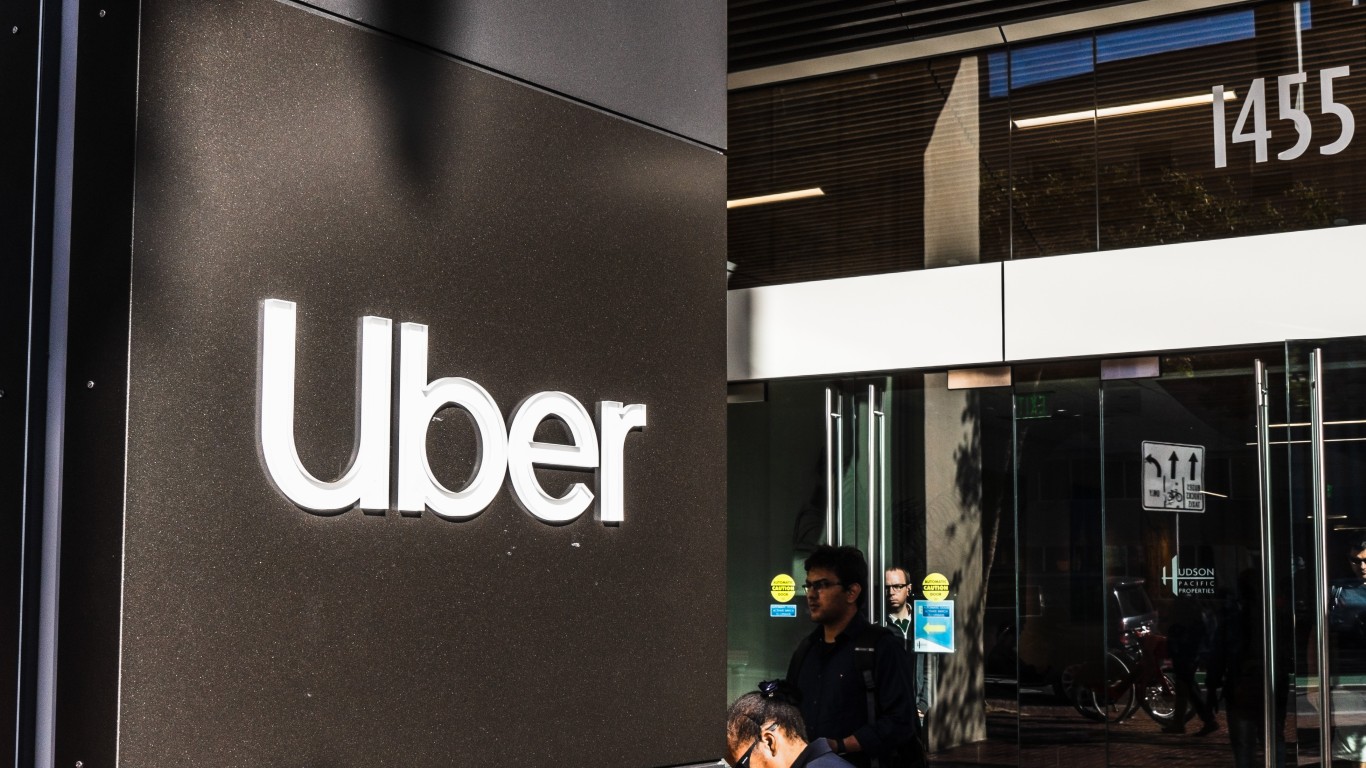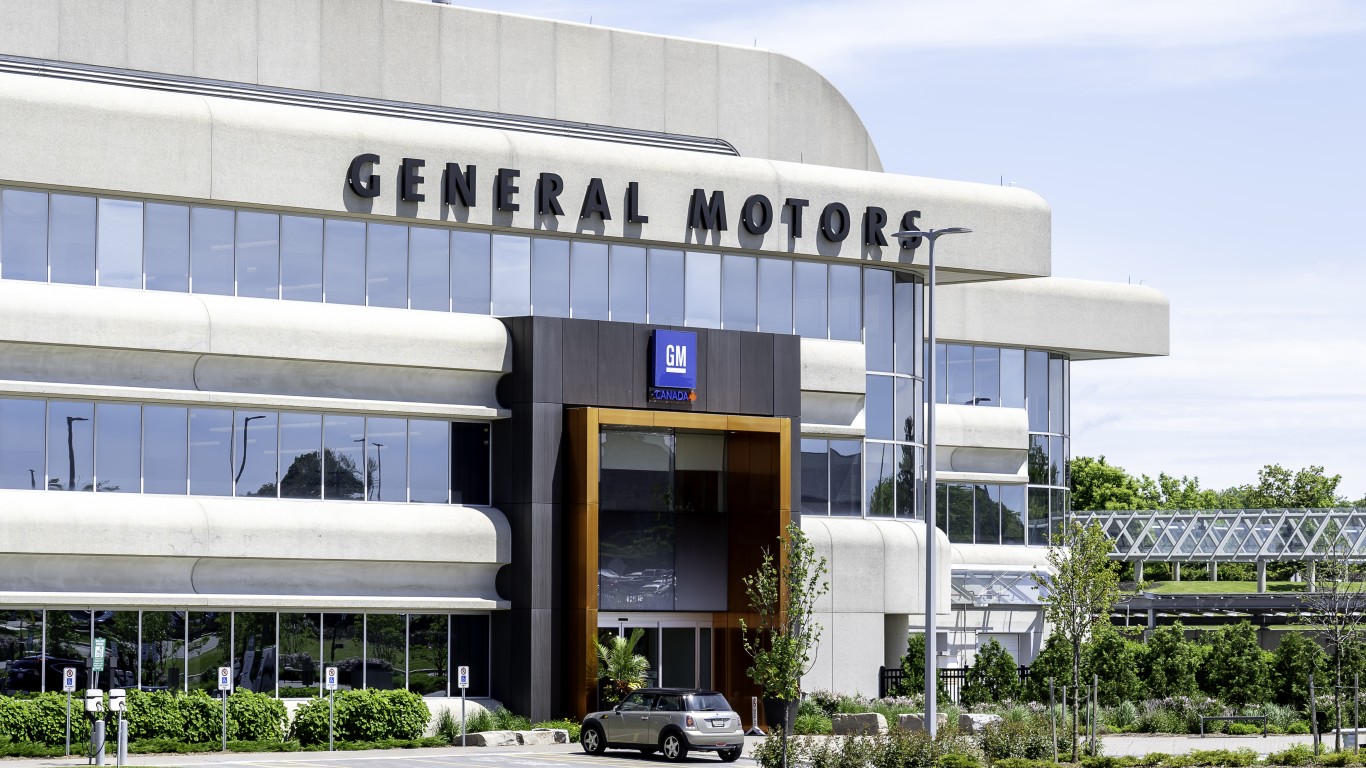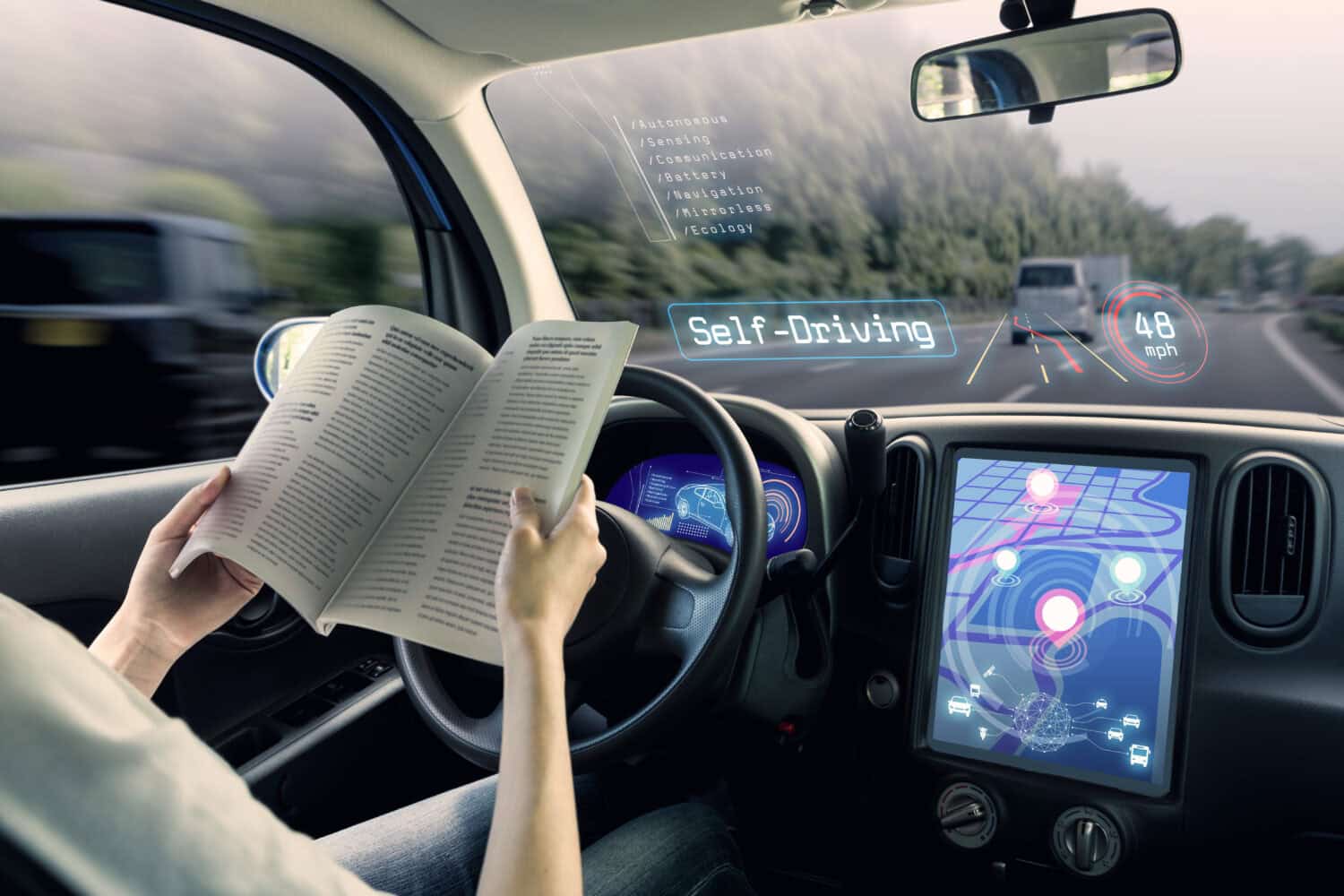
Uber Technologies (NYSE:UBER) is among the top global players in the ride-hailing market, serving up more than 7.6 billion rides per year to commuters around the world. The company has carved out quite a profitable and lucrative niche in its sector, seeing profitability surge in recent years as the ride-hailing giant raised prices to provide outsized returns for investors.
Over the past year, UBER stock is up more than 55% at the time of writing, as investors continue to expect earnings growth will bring the company’s multiple down. At a valuation of around 80-times trailing earnings, this stock isn’t cheap. Accordingly, there’s certainly a mixed view of how this stock is expected to perform over time relative to the market’s expectations. On the one hand, bulls expect profitability to continue to rise, and this stock to see fundamentals-driven growth. On the other, bears may look at this valuation, and suggest that pricing power may be limited due to a weakening consumer and competition in this space.
We’ll have to see which group is right, but my view is that Uber won’t crash over the next 18 months, and there are a number of reasons for this. Let’s take a more bullish angle on why Uber may be poised to see continued upside over the near-term.
Strong Financials

Uber reported strong Q2 2024 results, bringing in $40 billion in gross bookings (which were up 19% year-over-year). Trips increased by 21% to 2.8 billion, and sales rose 16% to $10.7 billion, surpassing estimates. While freight revenue remained stable, mobility and delivery segments grew significantly. Additionally, Uber’s monthly active users reached 156 million, boosting ad sales by $1 billion.
With $6.3 billion in cash, $1 billion in net income, and $1.7 billion in free cash flow, Uber is well-positioned for growth and investment in technologies like self-driving and AI, and expanded its food delivery business through a new partnership with Instacart.
Wall Street forecasts Uber’s adjusted earnings to rise from $0.81 per share in 2023 to $2.22 per share by 2025. The stock is valued at 32.7-times forward earnings, meaning it’s a lot cheaper on a forward basis, but still not cheap overall. That said, of the 41 analysts covering Uber, 35 rate this stock a “strong buy,” three a “moderate buy,” and three a “hold,” giving it an average “strong buy” rating. The average 12-month target price for Uber is $85.97, about 20% above its current price.
Partnership with Cruise

On August 22, General Motors’ (NYSE:GM) autonomous vehicle company Cruise and Uber announced a multi-year partnership starting next year. This partnership will enable Uber riders to select Cruise’s driverless cars for their trips. Uber has already begun offering driverless rides in Phoenix via a partnership with Waymo, which operates a fleet of around 700 autonomous vehicles. Cruise CEO Marc Whitten expressed enthusiasm about the collaboration, highlighting its potential to enhance urban mobility and safety through autonomous driving.
Uber CEO Dara Khosrowshahi emphasized that Uber is crucial in integrating autonomous technology globally. He hinted at new partnerships in autonomous vehicles (AV) and highlighted Uber’s role in driving demand without AV companies needing to invest heavily in customer acquisition. Khosrowshahi also expressed doubts about Tesla’s plan to rent out cars for taxi services, questioning whether Tesla owners would want strangers using their vehicles, and noting potential challenges in managing supply and demand.
Increasing Focus on Autonomous Driving

Uber has partnered with 10 companies on autonomous vehicle development, seeing a sixfold increase in autonomous trips in Q2. Waymo offers autonomous rides and food delivery via Uber’s app in Phoenix. Aurora, which acquired Uber’s autonomous vehicle project in 2020, has expanded its partnership with Uber. And notably, Uber holds a $900 million stake in Aurora, intending to use its self-driving trucks for Uber Freight’s commercial hauls.
In July, Uber also announced a multiyear deal with China’s BYD to add 100,000 BYD EVs to its network and explore future autonomous vehicle collaborations. While Uber leads in autonomous vehicle platforms among ride-hailing rivals, there is competition in this space. Companies like Tesla which are developing advanced self-driving software could one day set up their own ride-hailing networks. For now, these risks appear to be more speculative, given Uber’s vast customer base which provides a significant moat in the autonomous vehicle ride-hailing market, for the time being.
Uber Still Looks Like a Buy Here

Trading at a price-to-sales ratio of 3.8-times, Uber would need to reach $200 billion in annual revenue by 2034 to justify a fivefold increase in value. This requires a 17.5% annual revenue growth, compared to its past 29.4% growth from 2017-2023 and a 24.6% forecast for 2024. I think such growth is certainly possible, particularly when one factors in the potential impact of autonomous driving technology on the company’s future profitability and efficiency metrics.
Autonomous vehicles could revolutionize Uber’s economics by eliminating the $67.7 billion annual expense on human drivers. While some costs will shift to autonomous vehicle owners, significant savings are expected due to their low operational costs. Uber could potentially invest in its own fleet of self-driving cars for major cities, capturing full ride revenues, which would be a major breakthrough.
We’ll have to see what transpires, but in my view, UBER stock looks more like a tech stock that’s likely to see higher highs than lower lows over the next 18 months.
Want to Retire Early? Start Here (Sponsor)
Want retirement to come a few years earlier than you’d planned? Or are you ready to retire now, but want an extra set of eyes on your finances?
Now you can speak with up to 3 financial experts in your area for FREE. By simply clicking here you can begin to match with financial professionals who can help you build your plan to retire early. And the best part? The first conversation with them is free.
Click here to match with up to 3 financial pros who would be excited to help you make financial decisions.
Thank you for reading! Have some feedback for us?
Contact the 24/7 Wall St. editorial team.



